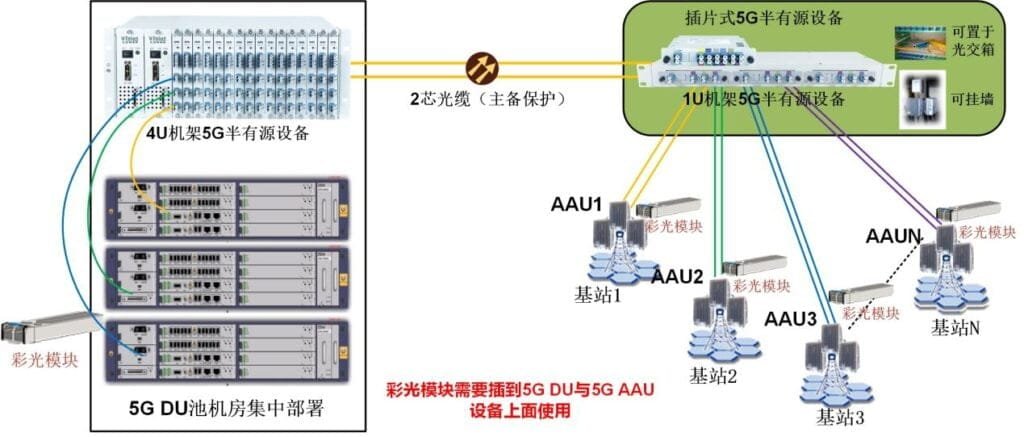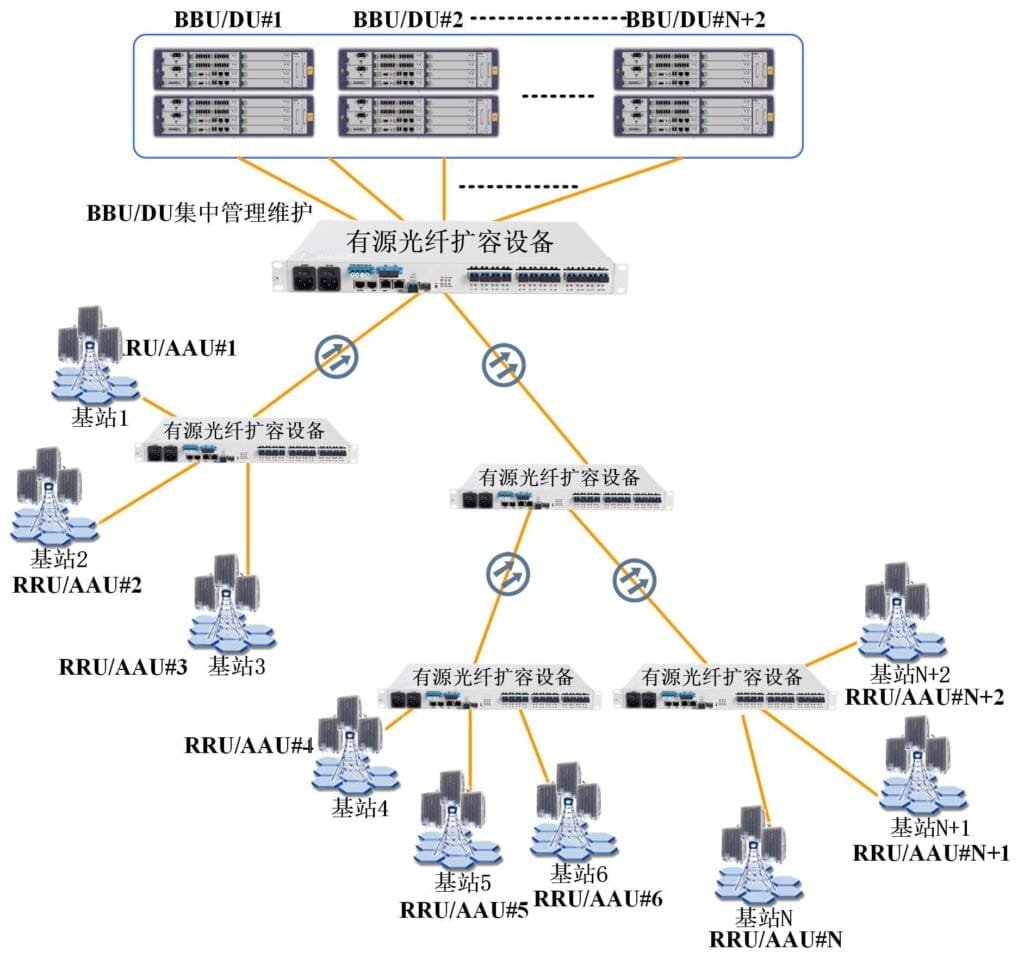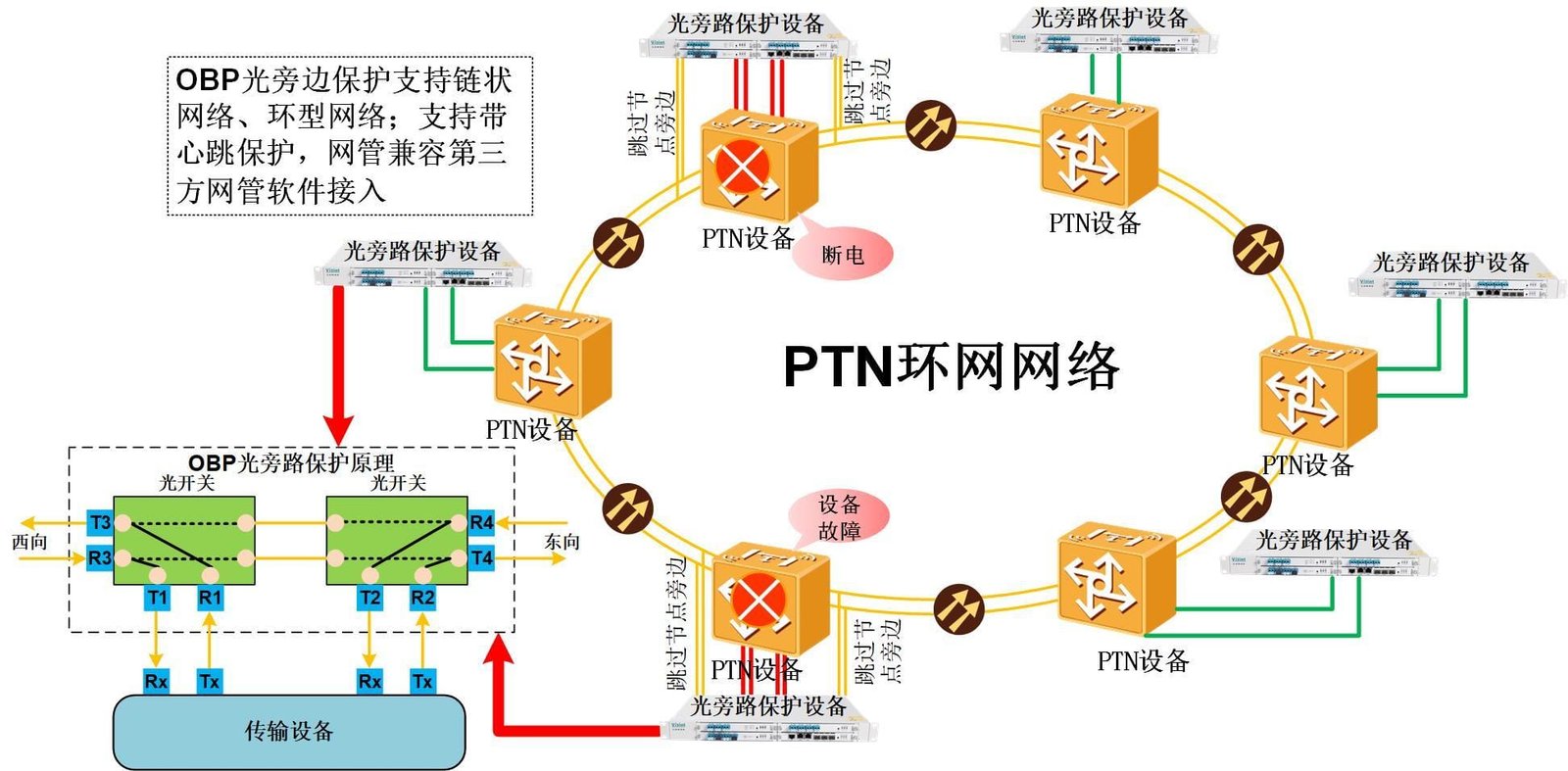Description
Description: The 1U Compact Wavelength Division Multiplexing (WDM) Equipment is designed to address the increasing demands for large-capacity distributed base stations and deep coverage in modern communication networks. This equipment effectively solves the problem of insufficient optical fiber resources in C-RAN (Centralized Radio Access Network) architecture by enabling flexible expansion and deep coverage. It supports both Coarse Wavelength Division Multiplexing (CWDM) and Dense Wavelength Division Multiplexing (DWDM) transmission, making it versatile for various applications.
Key Features:
- Supports CWDM/DWDM Transmission: Provides flexible wavelength division multiplexing, accommodating both CWDM and DWDM technologies to maximize fiber utilization.
- Multiple Distance Specifications: Meets various transmission distance requirements, including 10KM, 40KM, and 80KM, ensuring flexibility in network design.
- Flexible Business Access: Supports a wide range of business rates, including Ethernet, PTN, PON, SDH, SONET, and CPRI1~8, as well as private network businesses.
- High Capacity: Supports up to 12 bidirectional channels, with data rates ranging from 155Mbit/s to 11.3Gbit/s/25G, and accommodates both single-mode and multi-mode clients.
- Advanced Management: Features a comprehensive management platform with SNMP, CLI, Web, and NetRiver management modes, providing centralized control and monitoring.
- CDR Function: Includes Clock Data Recovery (CDR) for optimized output, Digital Diagnostic Monitoring (DDM) signal monitoring, and no-light shutdown function to protect the system.
- Port Shutdown: Supports software port shutdown for flexible management and maintenance.
- Robust Design: Built to operate reliably in various environmental conditions, ensuring long-term performance and durability.
- High Reliability: Ensures continuous operation with minimal downtime, enhancing the overall reliability of the communication network.
Product Classic Network Applications
Application 1: 5G Semi-Active Solution
This solution requires the deployment of 5G semi-active equipment on the DU side and AAU side in a DU-AAU scenario. The semi-active equipment between the DU and AAU requires only two core fibers, providing one main and one backup line with 1+1 protection. The eCPRI optical interface of the DU and AAU uses the 25G colored light module.

Application 2: Passive Solution
The passive solution requires deploying passive optical fiber expansion equipment between the BBU/DU pool and the RRU/AAU. Only one pair of fibers is needed between the passive optical fiber expansion equipment, and the CPRI interface of the RRU/AAU and BBU/DU uses the optical fiber expansion SFP colored light module.

Application 3: Active Solution
The active solution requires deploying active optical fiber expansion equipment between the BBU/DU pool and the RRU/AAU. Only one pair of fibers is needed between the active optical fiber expansion equipment. There is no need to change the form of the original BBU/DU equipment and RRU/AAU equipment, and it supports mixed transmission of various types of services in a plug-and-play manner.

Application 4: OLP Optical Protection Scheme
The OLP optical protection scheme is used to protect the optical cable line. It requires adding OLP optical protection equipment at both ends of the optical transmission equipment while providing main and backup different routing lines. It can be used with dispersion compensation modules and amplifier modules, supporting dual-fiber bidirectional and single-fiber bidirectional transparent transmission, with standby fiber monitoring function, and switching time less than 20ms in case of failure, achieving fast optical line switching.

Application 5: OBP Optical Bypass Protection Scheme
The OBP optical bypass protection scheme is used to bypass a single site or single device failure, maintaining the connectivity of the entire network. It supports the heartbeat bypass function and amplifier bypass function, with a bypass time of less than 25ms in case of failure, achieving quick bypass during device failure or power outage.










